As smart home tech evolves, trends like AI-driven automation, universal connectivity, and eco-friendly solutions are reshaping how we live. This guide explores the pivotal role of smart home tech, highlights five transformative trends to watch in 2025, and explains why these advancements are set to redefine modern living with unprecedented efficiency and style.
Contents
The Role of Smart Home Tech
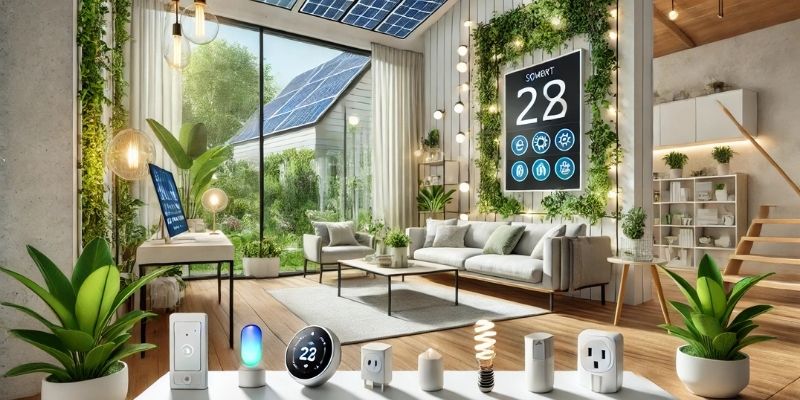
Smart home tech is the backbone of connected living, integrating devices like lights, thermostats, and cameras into a cohesive system that enhances convenience, security, and sustainability.
In 2025, smart home tech goes beyond basic automation, leveraging artificial intelligence, advanced sensors, and robust networks to create homes that anticipate needs and optimize resources. With over 500 million smart homes globally, smart home tech is no longer a luxury but a standard, accessible to urban renters in Hanoi and rural homeowners alike.
The primary role of smart home tech is to simplify daily life. It automates routine tasks—such as adjusting blinds or locking doors—saving time and reducing mental load. It also bolsters safety through real-time surveillance and alerts, while cutting energy costs by up to 20% through intelligent resource management, per 2025 studies.
In Vietnam, where air quality is a concern, smart home tech like AI-driven purifiers addresses local needs, improving health. By blending functionality with personalization, smart home tech empowers users to craft homes that reflect their lifestyles, setting the stage for the transformative trends driving 2025.
AI-Powered Smart Home Automation
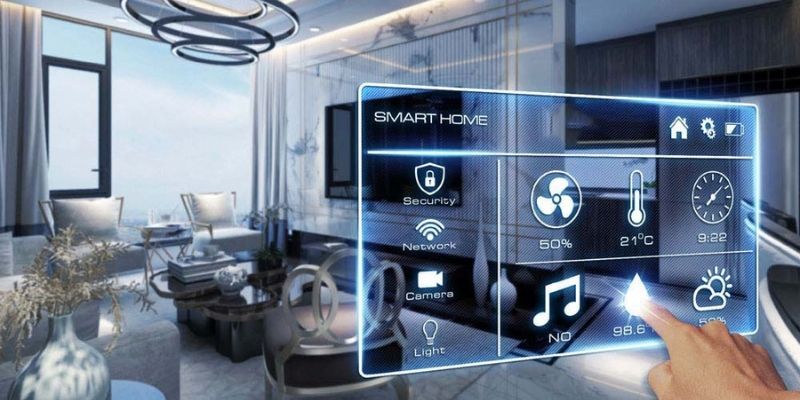
AI-powered automation is a cornerstone of smart home tech in 2025, enabling homes to operate with unprecedented intelligence. Unlike earlier systems reliant on manual inputs, AI-driven smart home tech uses machine learning to analyze user behavior, environmental data, and contextual cues, delivering proactive automation. For example, an AI system might learn your wake-up time and automatically brew coffee, open blinds, and adjust the thermostat, all synced to your routine.
In 2025, AI automation extends to multi-device coordination. A single command like “Start my day” can trigger a chain of actions across lights, appliances, and audio systems, tailored to individual preferences. Advanced AI also predicts needs—such as pre-cooling a home based on weather forecasts—saving energy and enhancing comfort.
Platforms like Google Home and Amazon Alexa, enhanced with generative AI, offer conversational control, understanding nuanced requests like “Make the living room cozy.” This trend elevates smart home tech by making homes not just automated but intuitively responsive, redefining daily interactions.
Matter Connectivity Standard
The Matter connectivity standard is revolutionizing smart home tech by ensuring seamless device interoperability in 2025. Developed by the Connectivity Standards Alliance, Matter is a universal protocol that allows devices from different brands—Apple, Samsung, Philips Hue—to communicate effortlessly over Wi-Fi, Thread, or Ethernet. This eliminates the frustration of incompatible ecosystems, a common barrier in earlier smart home tech.
Matter’s impact is profound. It simplifies setup, letting users pair a smart bulb or lock with any Matter-compatible hub in seconds via QR codes. It also enhances reliability, using mesh networking to extend range and reduce latency, critical for large homes. In Vietnam, where diverse brands flood the market, Matter-enabled smart home tech ensures affordability and flexibility, allowing users to mix budget and premium devices. By 2025, over 70% of new smart devices support Matter, making it a trend to watch for its role in creating unified, user-friendly smart homes.
Advanced Display Technologies

Advanced display technologies are reshaping smart home tech in 2025, turning surfaces into interactive, multifunctional interfaces. Smart mirrors, wall panels, and countertop screens, powered by OLED and micro-LED, offer vibrant visuals and AI-driven functionality. These displays integrate with smart home tech to provide real-time information, control devices, or enhance aesthetics, blending utility with design.
For instance, a smart mirror in the bathroom might display your calendar, suggest skincare based on humidity, or stream workout videos, all controlled via voice or touch. Wall panels double as art displays, cycling through AI-curated images or showing energy usage stats. In kitchens, embedded screens on countertops offer recipes or video calls, syncing with smart appliances.
These displays leverage 5G and Wi-Fi 7 for low-latency performance, ensuring smooth interactions. As a trend, advanced displays elevate smart home tech by making information and control visually immersive and accessible, particularly in compact urban homes where space is premium.
Sustainable and Energy-Efficient Solutions
Sustainability is a driving force in smart home tech for 2025, with energy-efficient solutions addressing environmental and economic concerns. AI-powered smart home tech optimizes resource use, such as smart thermostats that adjust heating based on occupancy or solar-powered sensors that control lighting. These systems reduce energy consumption by 15-25%, aligning with global net-zero goals and Vietnam’s push for green urban development.
Innovations include smart irrigation systems that water gardens based on soil moisture and weather forecasts, minimizing waste, and recyclable smart devices made from bio-based plastics. Energy harvesting technologies, like kinetic floor tiles that power sensors, are emerging in high-end homes. These solutions not only lower utility bills but also appeal to eco-conscious consumers, with 60% of 2025 buyers prioritizing sustainability, per market surveys. Sustainable smart home tech ensures homes are future-proof, balancing innovation with environmental responsibility, a trend set to grow as climate awareness rises.
Enhanced Security with AI and Smart Surveillance
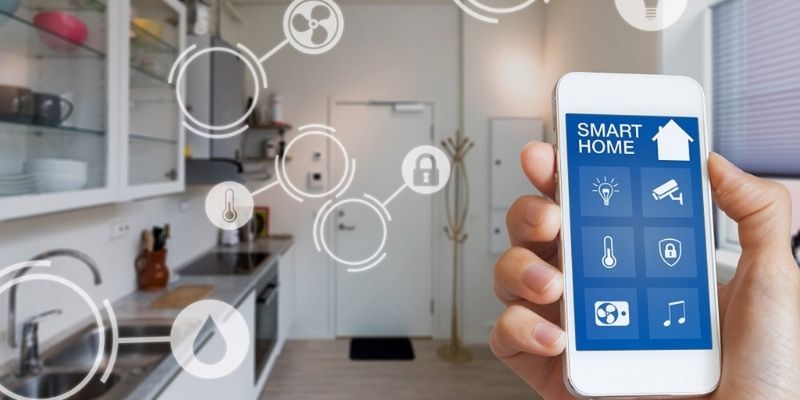
Security remains a top priority for smart home tech, and in 2025, AI and smart surveillance systems are taking it to new heights. AI-powered cameras, like those from Eufy or Reolink, use computer vision to detect and classify events—distinguishing between a pet and an intruder—with 95% accuracy. These systems integrate with smart locks and alarms, locking doors or sounding alerts if threats are detected, all managed via apps or voice assistants.
Facial recognition, now more ethical with opt-in consent, allows cameras to recognize family members, reducing false alarms. AI also enables predictive security, analyzing patterns to flag anomalies, like a delivery van lingering too long. In Vietnam, where urban crime is a concern, these smart home tech solutions provide peace of mind, with cloud and local storage options ensuring data privacy. Enhanced security is a trend to watch, as it combines AI’s precision with user-centric design, making homes safer and smarter.
To Home Gadget Digest, the landscape of smart home tech in 2025 is vibrant, driven by trends like AI-powered automation, Matter connectivity, advanced displays, sustainable solutions, and AI-enhanced security. These advancements redefine how we interact with our homes, offering unparalleled convenience, efficiency, and safety.
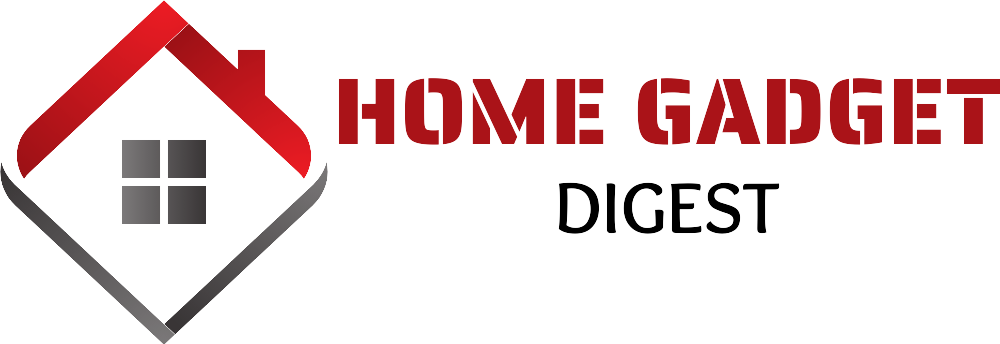



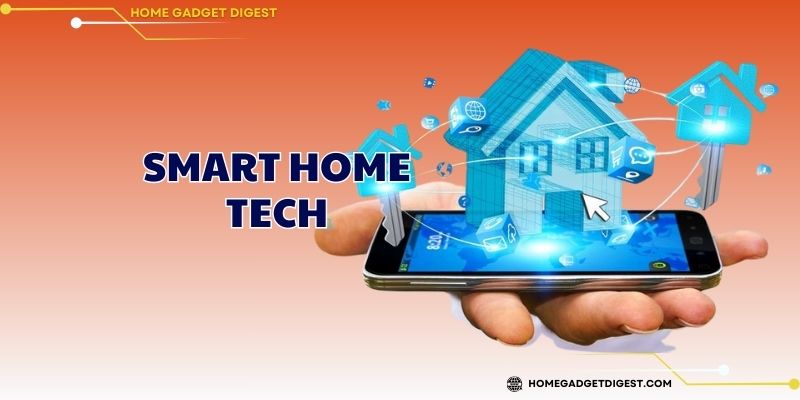
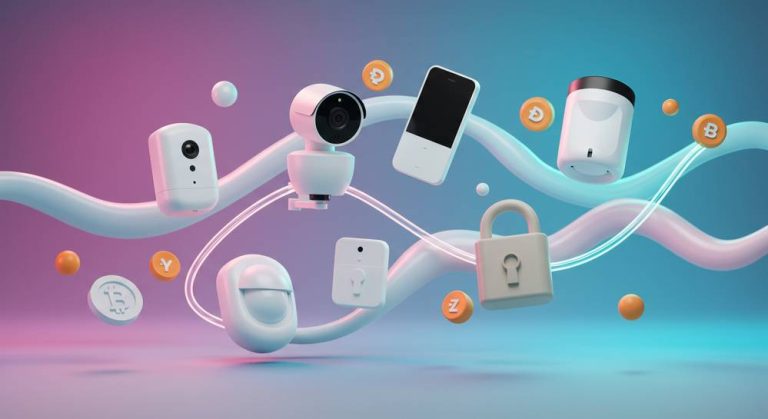
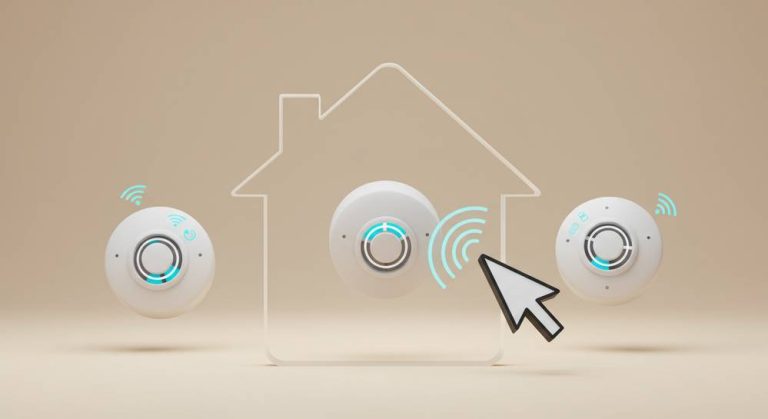
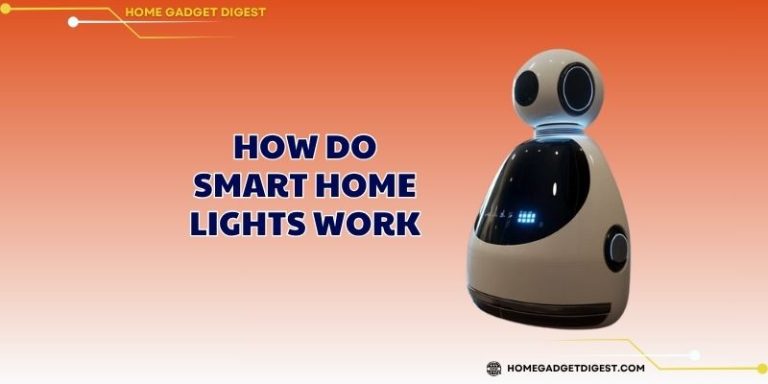


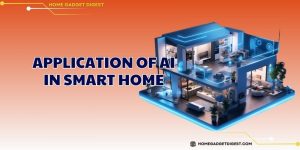
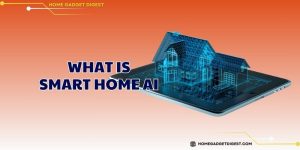
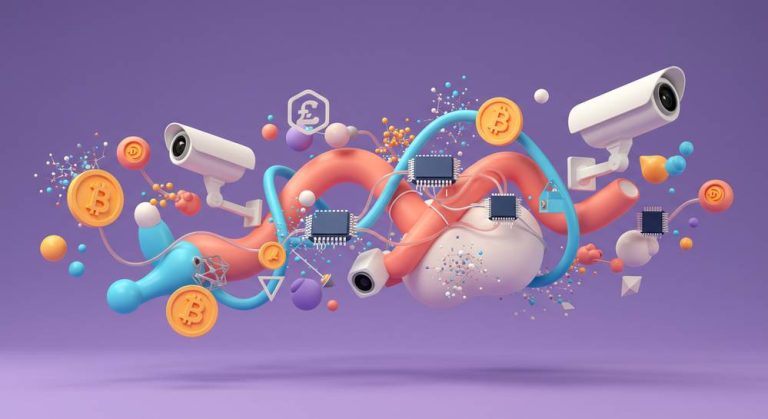
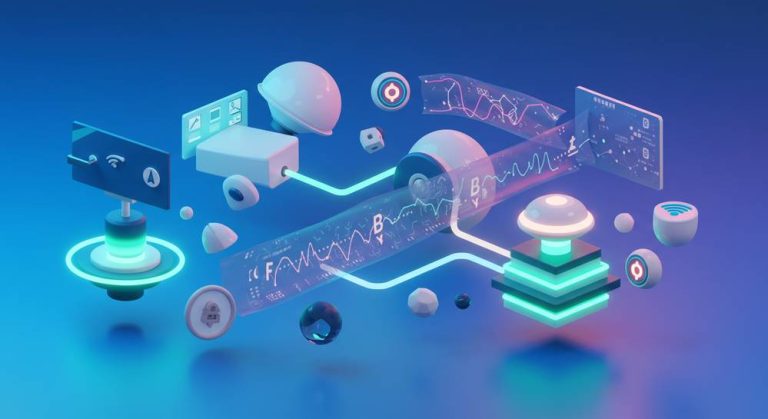
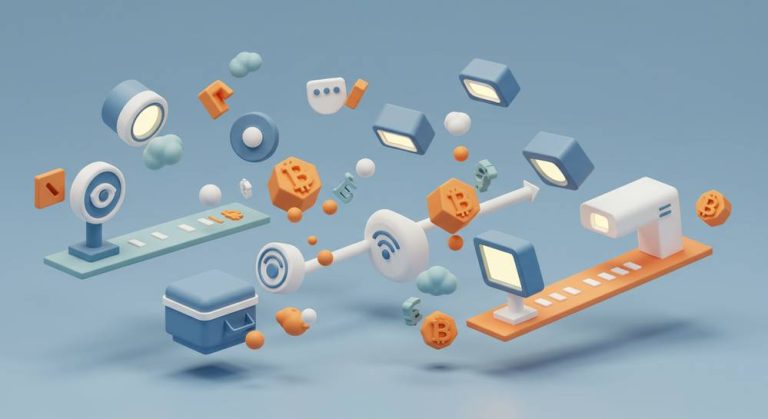

+ There are no comments
Add yours